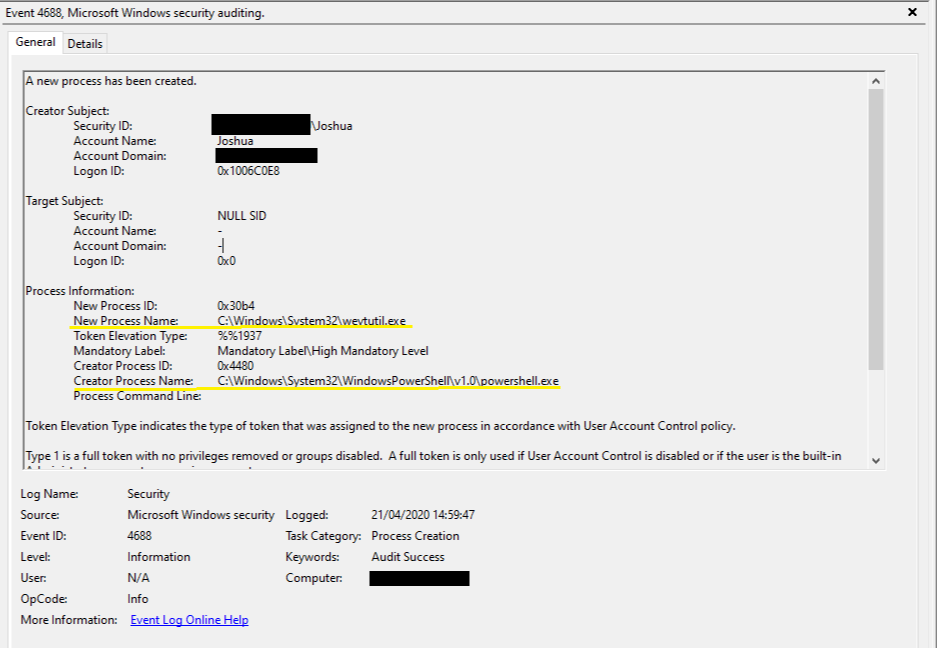

Innovation is more likely when diverse people come together to solve a problem.

Open Your Company to Diverse Perspectives Asking questions about a project and providing even a word of sincere recognition can be more motivating than money. Convince people that they won’t be punished or humiliated if they speak up or make mistakes.įurther engage people by being an appreciative audience. Stress that the goal is to experiment constantly, fail early and often-and learn as much as possible in the process. Motivate people to contribute ideas by making it safe to fail. Google’s founders Sergey Brin and Larry Page tracked the progress of ideas that came from them versus ideas that bubbled up from the ranks-and discovered a higher success rate in the latter category. To enhance organizational creativity, consider these practices: Tap Ideas from All RanksĮlicit ideas from people throughout your organization.

Know when to impose controls on the creative process (such as during the commercialization phase) and when not to (during early-idea generation).Open your organization to diverse perspectives-by getting people of different disciplines, backgrounds, and areas of expertise to share their thinking.Instead, elicit and champion others’ ideas. Stop thinking of yourself as the wellspring of ideas that employees execute.Among their recommendations for fostering the conditions in which creativity flourishes: But you can manage for creativity, say innovation leaders and experts who participated in a 2008 Harvard Business School colloquium. It’s true that you can’t manage creativity. But many leaders assume creativity is too elusive and intangible to be managed. And that calls for major doses of creativity.
#Sigma client wont launch how to#
In today’s innovation-driven economy, understanding how to generate great ideas is an urgent managerial priority. Though points of view varied, the theories and frameworks explored advance the understanding of creativity in business and offer executives a playbook for increasing innovation. The discussion also examined the need to clear paths through bureaucracy, weed out weak ideas, and maximize the organization’s learning from failure. They pointed out that process management isn’t appropriate in all stages of creative work leaders should apply it thoughtfully and manage the handoff from idea generators to commercializers deftly. The participants shared tactics for enabling discoveries, as well as thoughts on how to bring process to bear on creativity without straitjacketing it. They also need to help their organizations incorporate diverse perspectives, which spur creative insights, and facilitate creative collaboration by, for instance, harnessing new technologies. Leaders must tap the imagination of employees at all ranks and ask inspiring questions. A number of themes emerged: The leader’s job is not to be the source of ideas but to encourage and champion ideas. In this article, the authors present highlights of the research presented and the discussion of its implications.Īt the event, a new leadership agenda began to take shape, one rooted in the awareness that you can’t manage creativity-you can only manage for creativity. To connect theory and practice, Harvard Business School professors Amabile and Khaire convened a two-day colloquium of leading creativity scholars and executives from companies such as Google, IDEO, Novartis, Intuit, and E Ink. How relevant is their research to the practical challenges leaders face? Suddenly, the spotlight has turned on the academics who’ve studied creativity for decades. In today’s innovation-driven economy, understanding how to generate great ideas has become an urgent managerial priority.


 0 kommentar(er)
0 kommentar(er)
